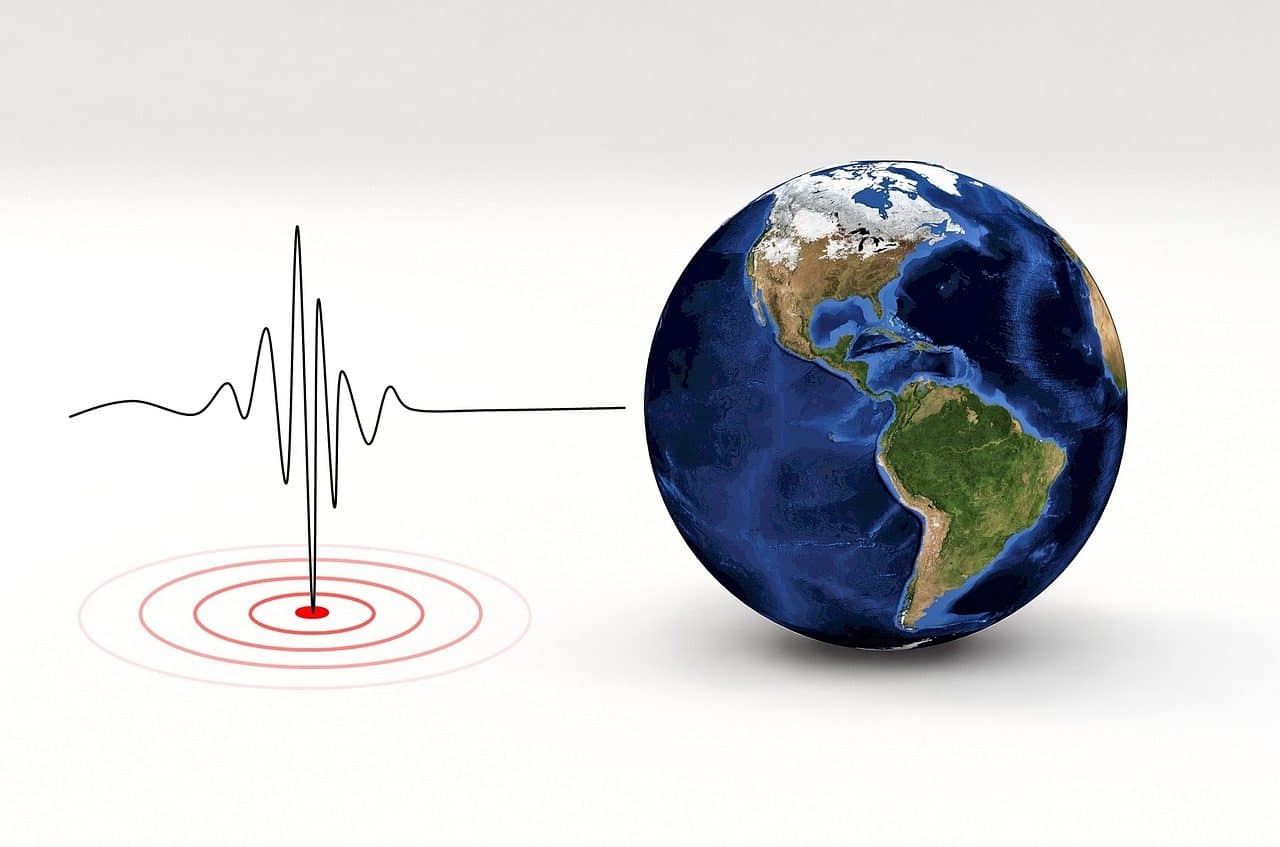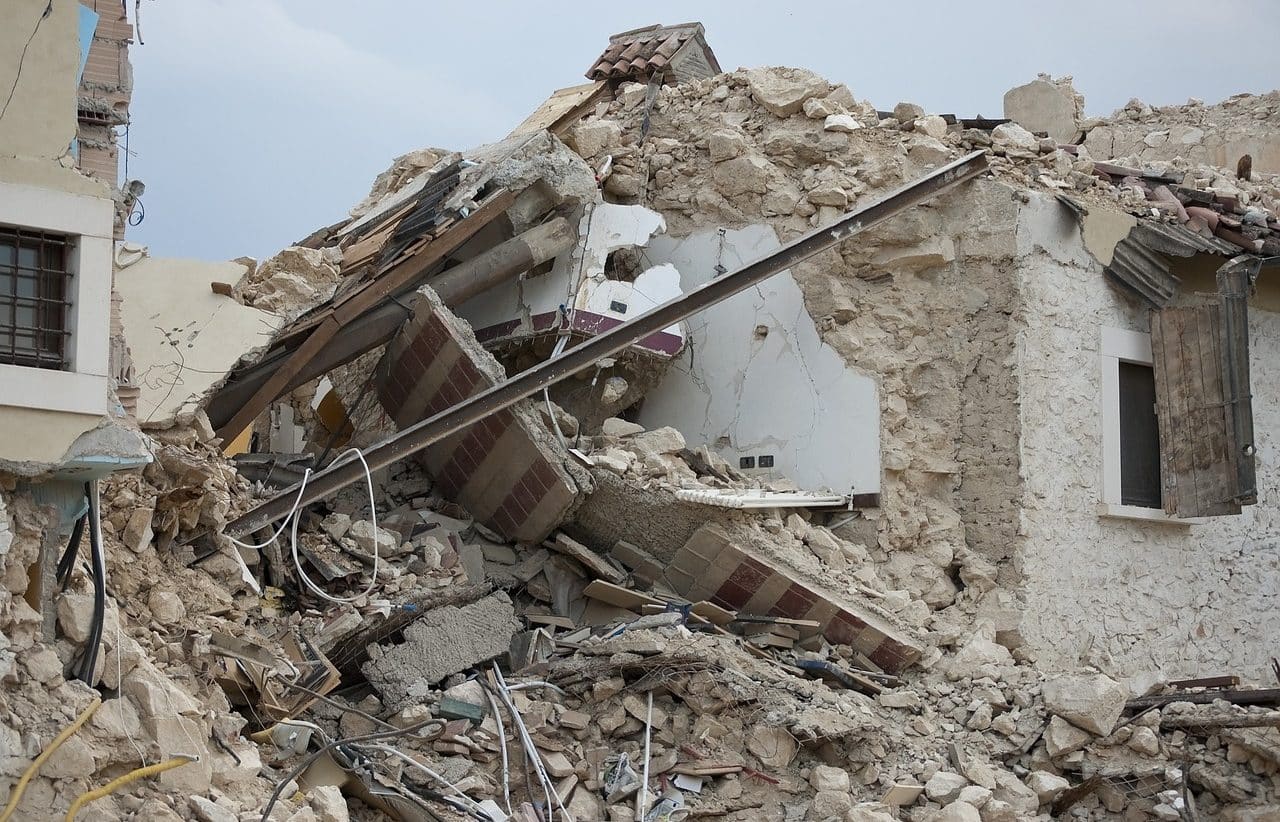
A seismograph is a device that measures seismic waves.
A seismograph is a device used to measure the seismic waves that cause earthquakes . Thanks to this machine used in the field of seismology , it is possible to record the amplitude of the waves and their propagation . It should be noted that seismic waves are elastic waves caused by the release of energy produced by the movements of tectonic plates.
Etymology of seismograph
Before moving forward with the meaning of the term seismograph, it is interesting to know its etymological origin. In this sense, we can establish that it derives from a word of Greek origin that is the result of the sum of two components:
- Seismos , which can be translated as "earthquake" .
- The verb graphein , which is synonymous with "record" .
Your story
Also known as a seismometer , the seismograph is the brainchild of James David Forbes ( 1809 – 1868 ), a Scottish scientist who introduced it in 1842 . Originally, the seismograph had a pendulum that, due to its mass , stayed still during tremors . By having a punch at its end, the seismograph recorded the vibrations on a roll of paper, which did move due to the earthquake. In this way, the result was a graphic record that was called a seismogram .
However, it is interesting to know that the first seismograph in history actually dates back to the year 130 and was invented and developed by the Chinese Chan-Heng . As you can imagine, it was quite rudimentary and consisted of a bronze vessel, inside which there were six balls balanced on six dragons' mouths. It was considered that if one of these balls fell into the animal's jaws, it could be known that a seismic wave had been produced.

Throughout history seismographs evolved.
Seismographs today
Over the years, technology evolved. Currently, seismographs are electronic : through a circuit, the mass is kept fixed while the Earth shakes. What is recorded, in this way, is the amount of force that is exerted.
Today's seismographs can analyze the propagation of seismic waves and record the epicenter of the earthquake . In addition, through sensors called geophones (which are electromagnetic transducers), it is possible to establish internal maps of the globe.
Another type of sensor, called a hydrophone , allows seismographs to study the propagation of waves in water. In this way they allow us to analyze the tidal waves that cause tsunamis .
Other information of interest
There are several interesting facts about seismographs:
- It can even detect earthquakes that are so excessively small that not even human beings can feel them.
- In the most modern models and equipped with the latest technology, they have the peculiarity that they revolve around several fundamental elements such as the weight, the base and the corresponding computer. In this way, key pieces in older ones such as the drum and the marker are dispensed with.
- Another of their notable characteristics is that they have the ability to record movements in all directions.
